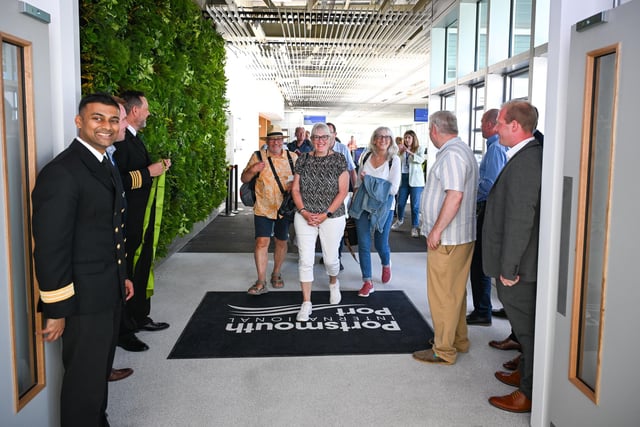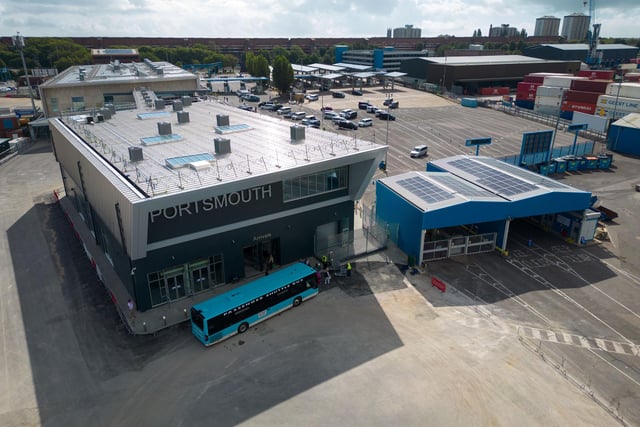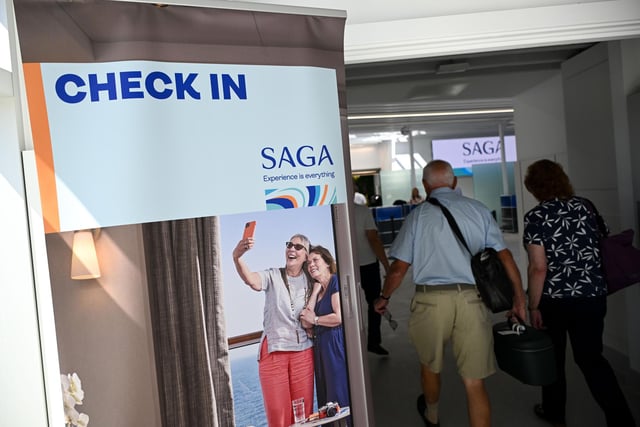Yesterday (Sunday, August 20) , guests from Saga's ‘Spirit of Discovery’ cruise ship were the first to experience the port’s net-carbon-neutral terminal extension, made possible through £11.25m of Levelling Up funding to transform the city's visitor economy.
The new terminal has been built to accommodate a growth in cruise ships coming to the port, which is expected to rise to over 100 calls in 2024 – a forecast increase in cruise and ferry customers could mean an additional 250,000 passengers per year. The design features a sky garden, which is a public viewing space to watch the activity across the port site, a walkway between the existing terminal, and an exclusive lounge area for passengers.
Cutting-edge environmental engineering has been at the forefront of development plans, resulting in the port becoming the first in the UK to use sea water to heat and cool the building, other environmental features include wind and solar technology, and internal and external living
walls to help purify the air. All the elements combined means the building will generate more energy than it consumes, eventually moving from net carbon neutral to becoming what’s known as carbon positive.
Following a major berth extension, coupled with the new terminal, the port is now in a position to handle ships up to 300m in length and the associated passenger capacity these vessels carry. It can also act as a second departure gate for ferry passengers, giving more flexibility to the facilities in Portsmouth.
The port was part of a successful £20m bid called Transforming the Visitor Economy, which also includes funding for Hilsea Lido and the creation of the UK’s longest urban park and Linear Park in the north of the city. The aim of the funding is to boost the local and regional economy, each cruise ship call having the potential to bring £1.5m into the city through port charges, passenger and crew spend on local goods, and services such as hotels and attractions, and also supplies to the ship.

1. New terminal
The first passengers enter through the new terminal Photo: Finnbarr Webster/Getty Images

2. New terminal
A general view of the new terminal, which has opened after 18 months of construction Photo: Finnbarr Webster/Getty Images

3. New terminal
Passengers arrive past the living green wall at the new terminal Photo: Finnbarr Webster
